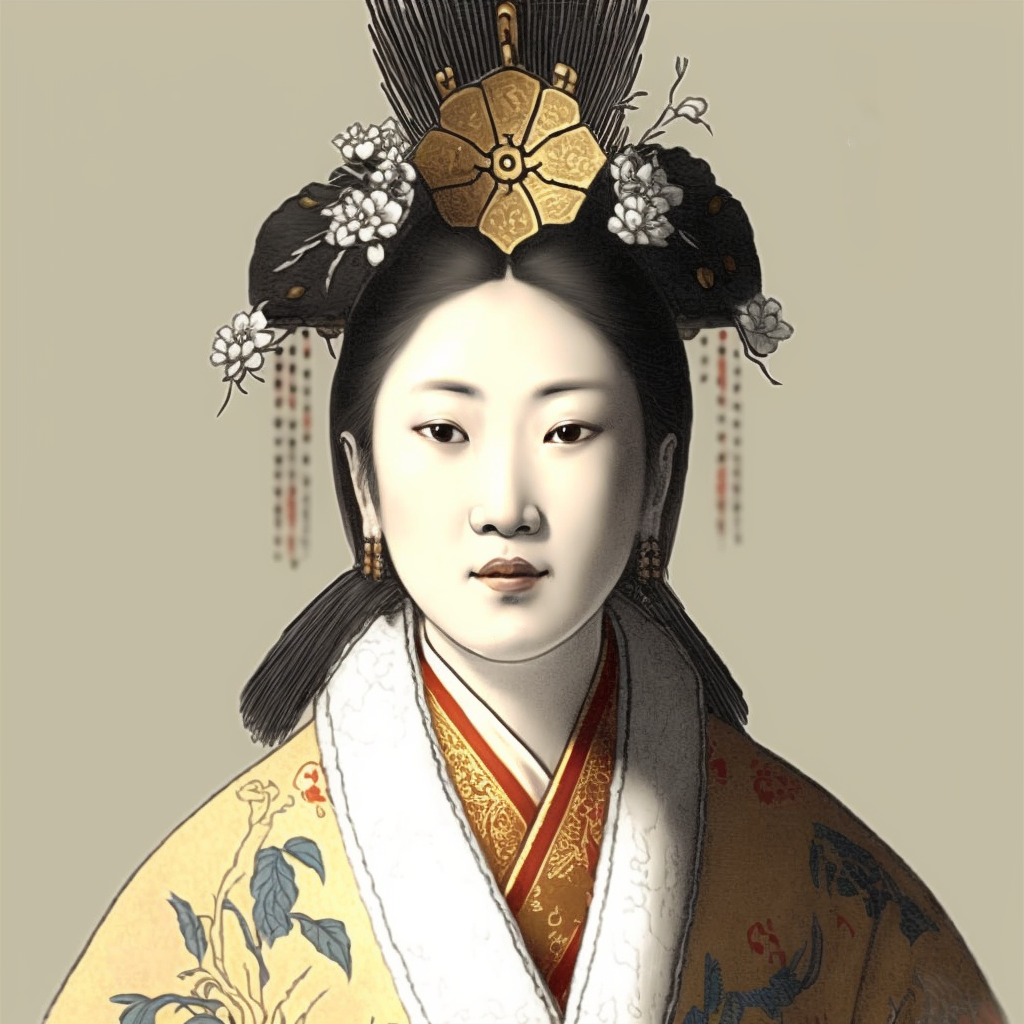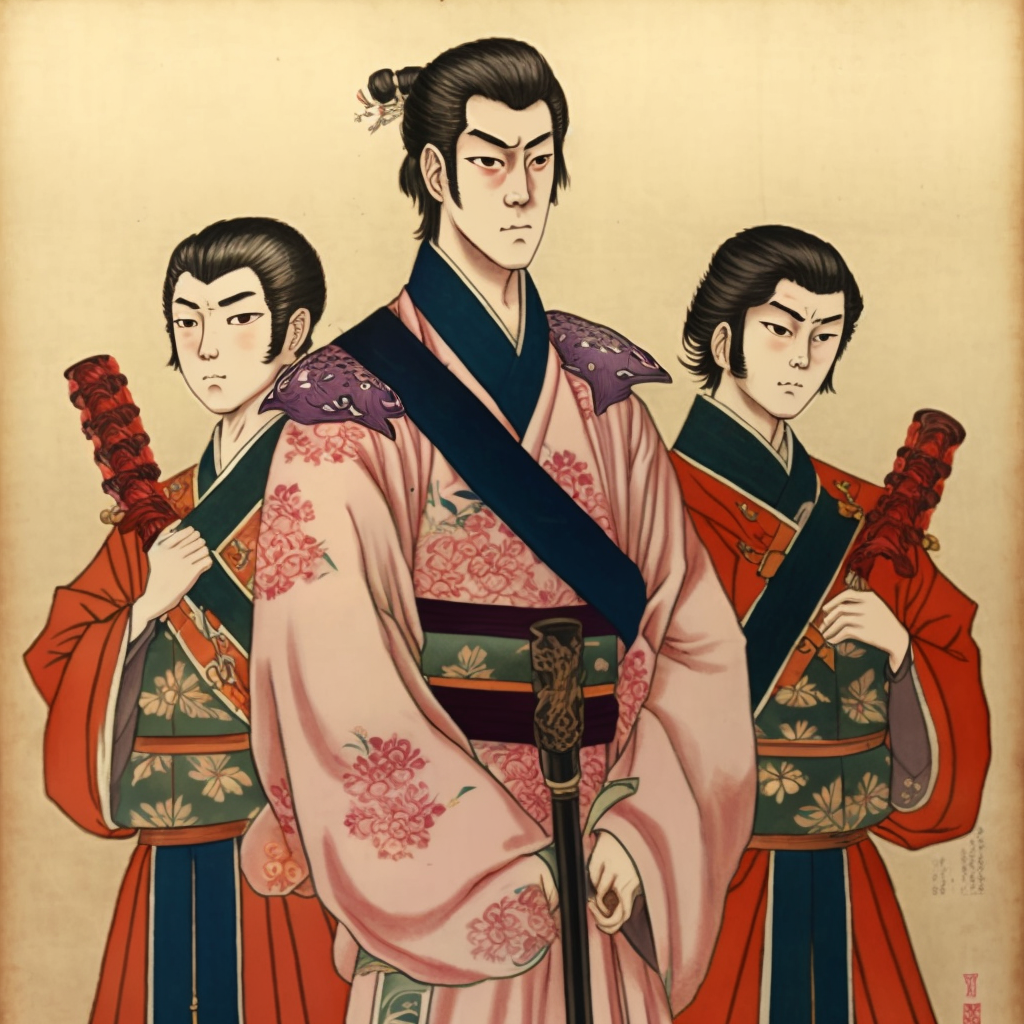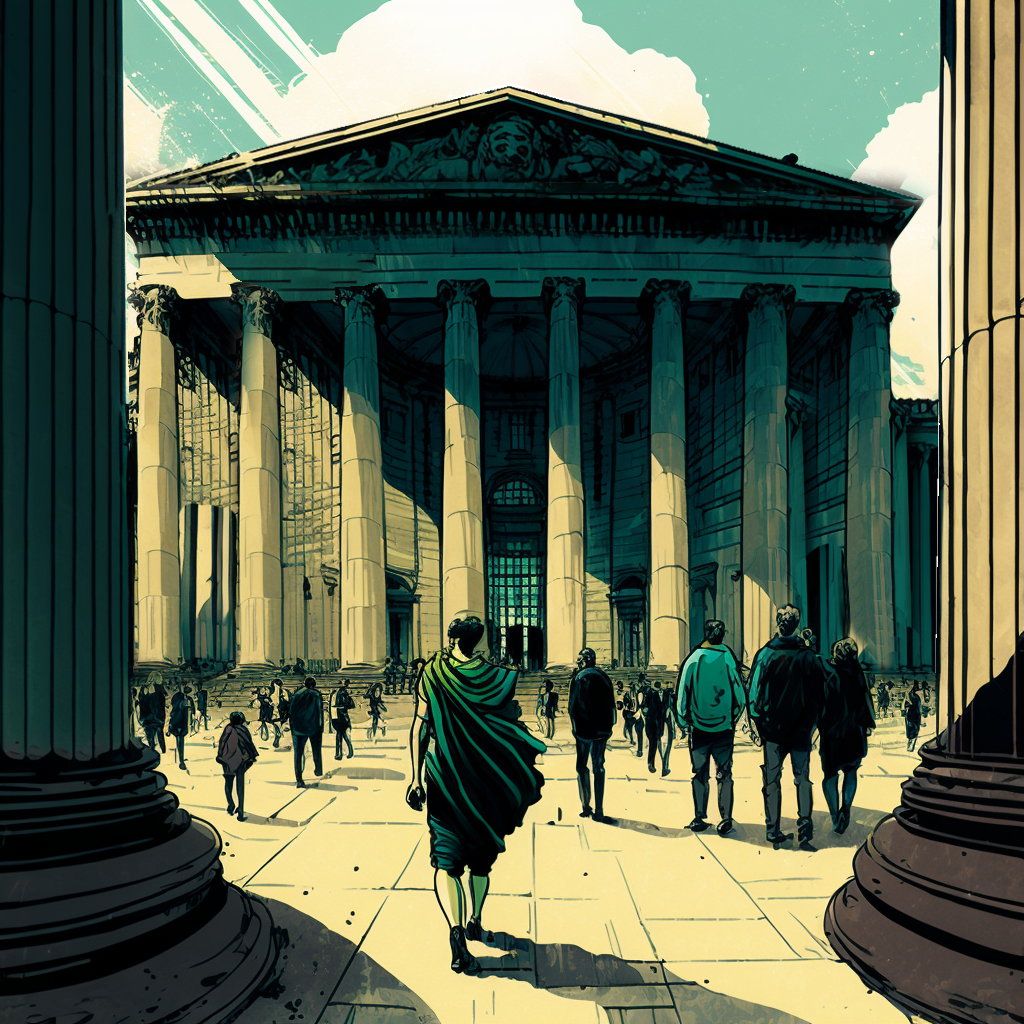The Nara period is an important chapter in Japanese history, which took place between 710 and 794. It was a period of great political stability and cultural development, which saw the birth of a more organized society and the formation of a single national identity.
At the beginning of the Nara period, Japan was still a tribal society divided into several rival kingdoms. However, in 710, an emperor named Genmei ascended the throne and founded the Nara emperor dynasty, which would rule Japan for several centuries. Genmei and his successors exercised centralized power and promoted the development of culture, religion and education.
One of the major achievements of the Nara period was the founding of the imperial city of Nara as Heijô-Kyô, which became the capital of Japan. This city attracted artists, scholars and intellectuals from all over the country, who worked together to create a rich and diverse culture. No less than 6 sects (Nanto Rokushu) founded by Japanese monks trained in China, notably by Ganjin who will seek to influence more and more the policy of the Emperor. Splendid temples are then built Yakushi-ji, toshodai-ji and todai-ji. The Nara period is marked by the artistic blossoming of Chinese influence of Sui and Tang.Trained by Korean and Chinese craftsmen, the Japanese mastered the art of wood carving or lacquering on wooden frames.
Japan of the Nara period was also a prosperous and economically developing country. Traders traveled freely throughout the country, exchanging goods and ideas, and agricultural production flourished. This was also the period of the first signs of national unity. Empress Gemmei requested that the first annals of Japanese history be written down as the Kojiki (Chronicles of Ancient Things) in 712, followed by the Nihon Shoki (Annals of Japan) in 720.
Malgré tous ces accomplissements, la période Nara a également connu des problèmes internes, tels que des luttes de pouvoir entre les familles nobles et des troubles religieux. In 794, Emperor Kanmu decided to move the capital to Kyoto, which marked the end of the Nara period and the beginning of the Heian period.
list of emperors / empresses
- Gemmei (707-716)
- Genshō (715-724)
- Shōmu (724-749)
- Kōken (749-758)
- Junnin (758-764)
- Shōtoku (764-770)
- Kōnin (770-781)
- Kammu (781-806)



